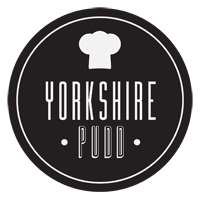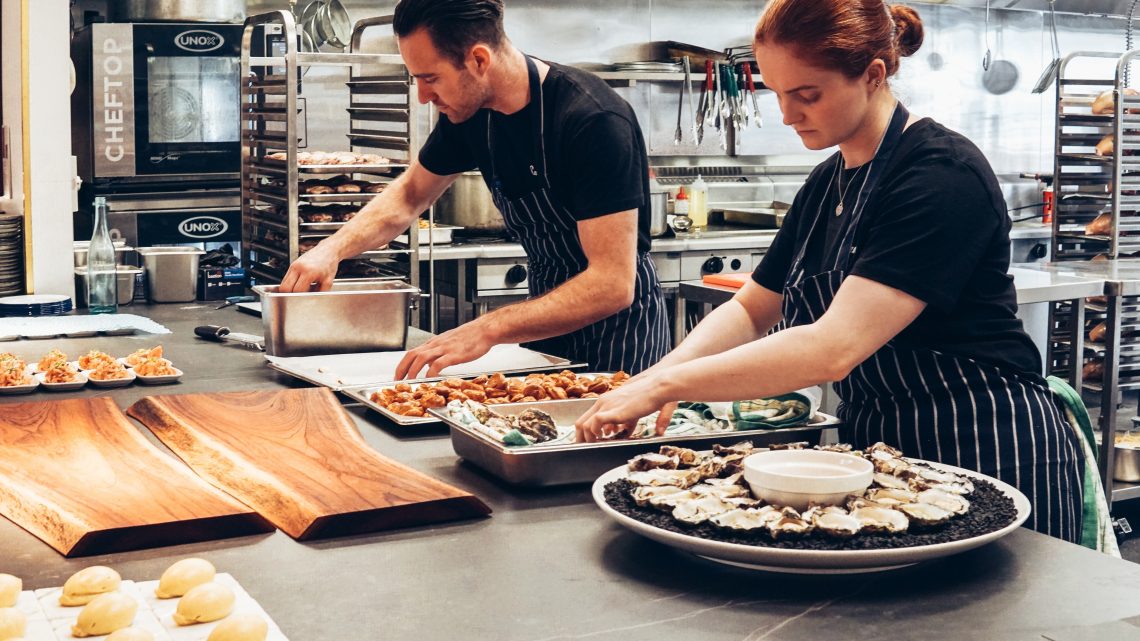Prioritising Safety: Meeting Food Standards Agency Guidelines in Your Restaurant
As a restaurant owner, you must always ensure the complete safety of your employees and customers. However, as you are preparing and serving food, this can take on an added element as you need to ensure you are working within the Food Standards Agency guidelines and meeting all of your legal obligations.
This post looks at ways you can ensure everyone is always safe.
Training
Every single employee needs to undergo rigorous training to work in an establishment that prepares food, even your front-of-house staff and cleaners. The last thing you want is to be shut down or receive a food safety rating of zero.
Your training needs to cover the basics of food storage and preparation at a minimum depending on their job role, food handling, temperature guidelines and the importance of using and sell-by dates.
You also need to ensure everyone is up to date on the best food safety hygiene procedures to follow at all times and know their individual responsibilities when it comes to keeping your restaurant clean.
Maintenance
When equipment or your equipment becomes damaged, there is the risk you are letting your standards drop, and not only does this look bad for customers and staff, it will pose a hazard to everyone on the premises at any time. You need to ensure you are keeping on top of your repair and maintenance schedule and carrying out regular inspections, undergoing lift maintenance, for example, if you have a liftin your restaurant, and scheduling equipment servicing and repairs regularly to reduce the risk of harm to employees during their working day.
Make a list of all of the working components of your business and put an effective and regular maintenance schedule in place, from your electrical circuit to air conditioning to your kitchen equipment, plumbing and gas supply. Typically this will need to be carried out annually or twice annually as a minimum; however, this does not replace the need to carry out repairs should you need them in between inspections.
Equipment
Lastly, to ensure your staff are safe and protected, you must be ensuring you are applying them with the right equipment and tools to carry out their job roles quickly and efficiently. Replacing old and worn tools, utensils and equipment, supplying essential PPE and protection for chefs when cooking helps reduce or avoid burns to their body and using heat protection aids to prevent damage to worktops if required.
Work closely with your team to find out what they need to ensure they are safe at all times and follow food safety guidelines to ensure you meet the equipment required to keep everyone safe such as gloves, safety glasses, fire extinguishers and more.
Conclusion
Running a restaurant is about more than creating amazing dishes that people come back to enjoy time and time again. White, this is a requirement for a successful food business; you also need to ensure you are keeping your employees safe at all times and putting measures in place to reduce the risk of harm to both staff and diners too.










